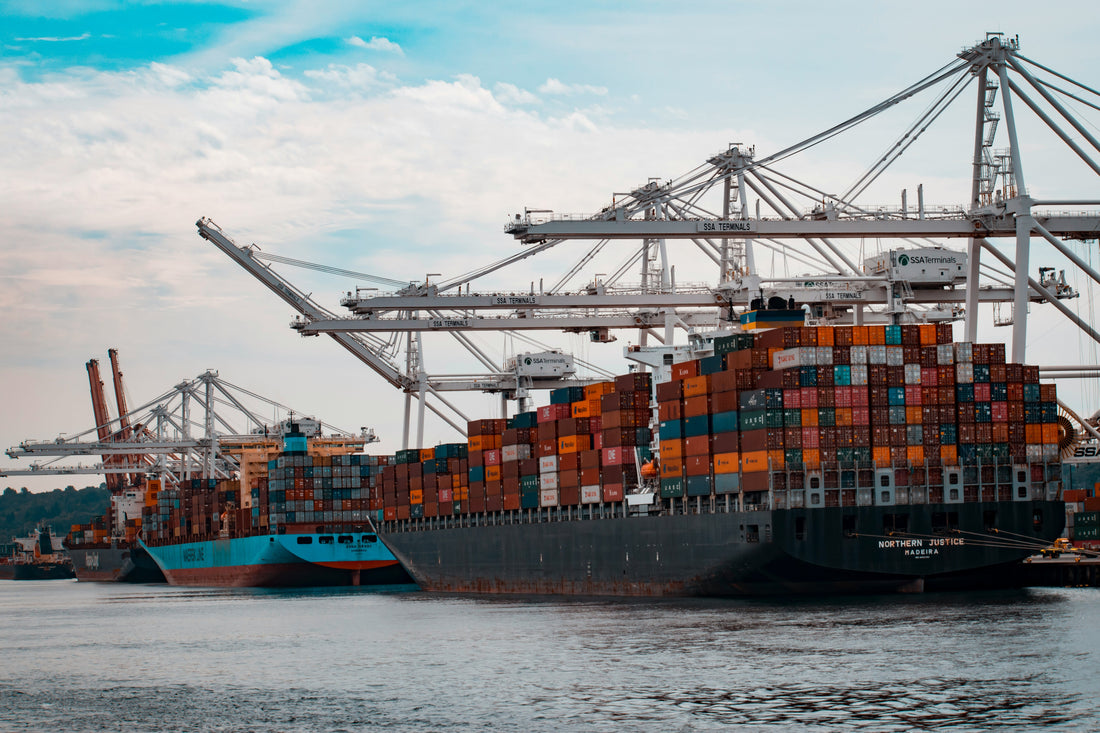
The End of De Minimis: How Import Rule Changes Will Impact Small Brands
Share
Implications of the 2027 policy shift on duties and fulfillment
If your brand imports finished goods or samples under $800 per shipment, there’s a good chance you’ve relied on the de minimis exemption, whether you knew it or not.
But that’s about to change.
By 2027, the U.S. is poised to end or significantly restrict the de minimis threshold. That could mean major cost and operational impacts for small and mid-sized brands that depend on global suppliers and fast fulfillment.
Here’s what’s happening, why it matters, and how your brand can prepare.
1. What Is De Minimis?
Under current U.S. law, imports valued under $800 can enter duty-free without formal customs clearance. This has enabled low-cost, low-volume shipments from countries like China, Vietnam, and Bangladesh.
Why it mattered:
It kept costs low, especially for direct-to-consumer brands using fulfillment centers abroad or shipping small-batch goods.
2. What’s Changing in 2027?
Lawmakers and trade officials are pushing to eliminate the de minimis threshold—or exclude certain countries from qualifying (like China). The argument: the rule allows duty evasion, undermines domestic manufacturing, and creates unfair competition.
Expected result:
More small shipments will be taxed, documented, and delayed by customs—adding friction and fees to your current fulfillment flow.
3. How It Impacts Small Brands
Increased landed costs for each shipment, including duties and broker fees
Longer delivery timelines due to new customs clearance procedures
More paperwork (commercial invoices, HTS codes, certificates of origin)
Rethinking fulfillment strategy, especially for brands using international 3PLs or drop-shippers
4. How to Prepare Now
Talk to your freight and fulfillment partners.
Ask how they’re preparing and what cost changes to expect.
Evaluate near-shoring or domestic production.
Working with manufacturers closer to home (like those in Central America or the U.S.) could cut duty exposure.
Consolidate shipments.
Larger, less frequent shipments may help you lower per-unit landed costs.
Get your paperwork in order.
HTS classification, commercial invoicing, and compliance will become non-negotiable.
Final Takeaway:
The end of de minimis isn’t just a policy shift, it’s a wake-up call for small brands to take supply chain planning seriously. At [smpl], we’re helping our clients stay agile by rethinking fulfillment, diversifying sourcing, and reducing dependency on volatile import loopholes.
Want to get ahead of the change?
Let’s future-proof your supply chain—before 2027 arrives.
![[smpl]](http://socflowsimplified.com/cdn/shop/files/smpl_logo_transparent_139f0899-ba33-4a18-9454-24ccdccb6b79.png?v=1750478394&width=600)